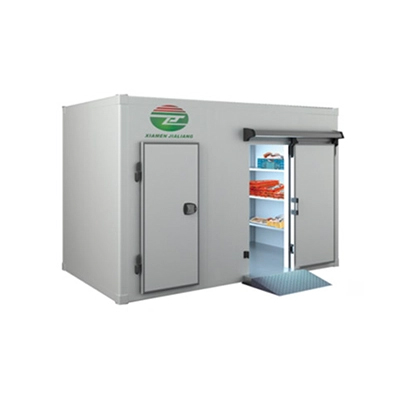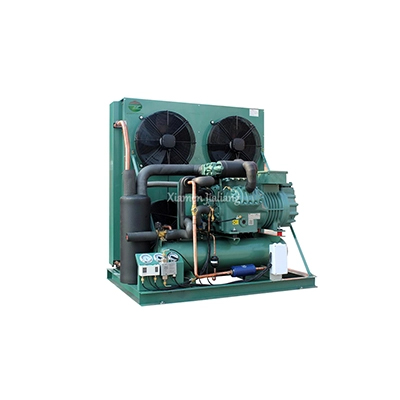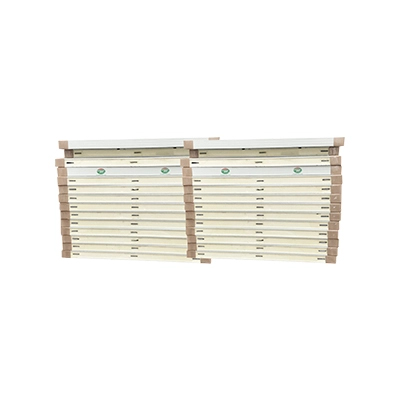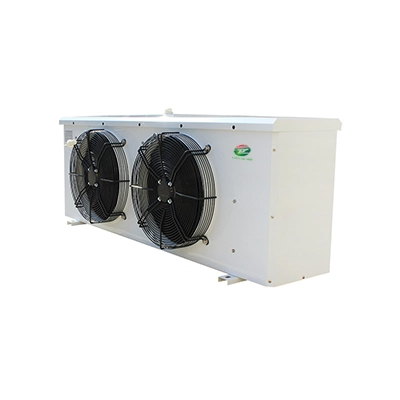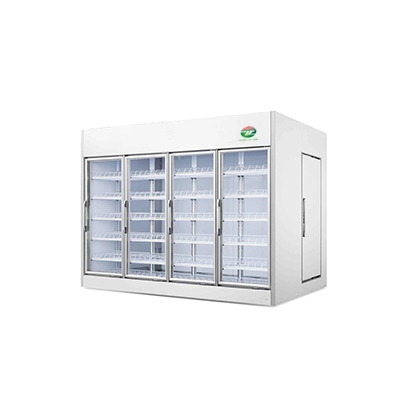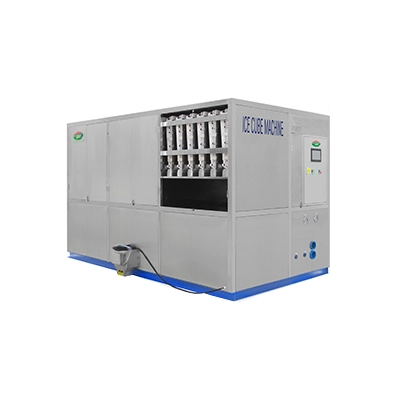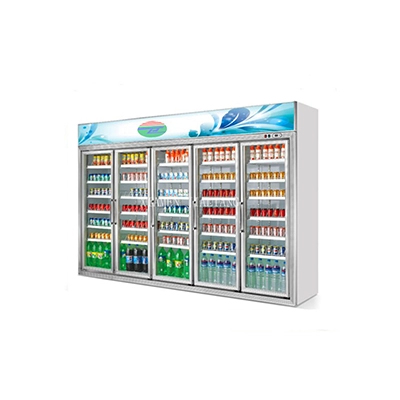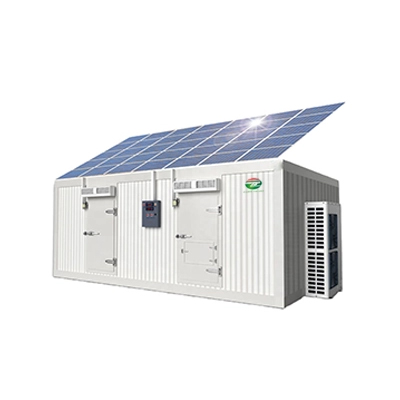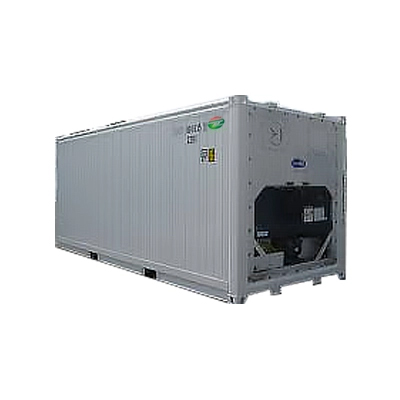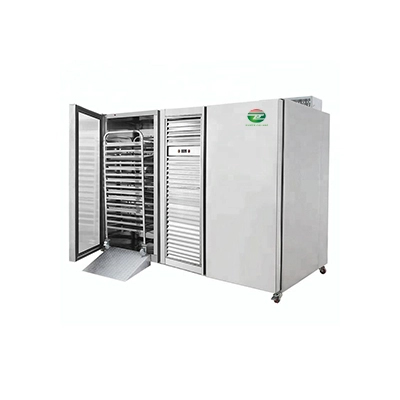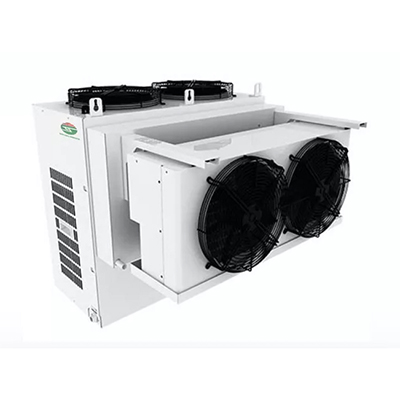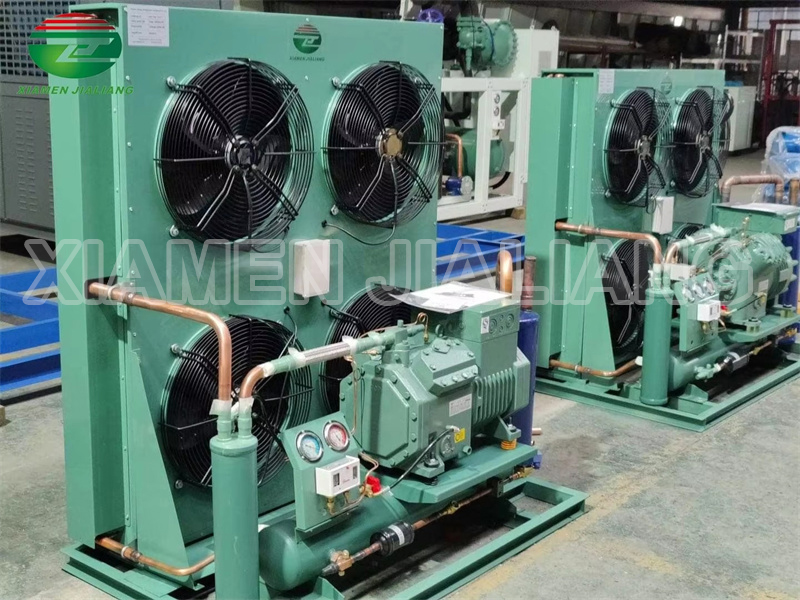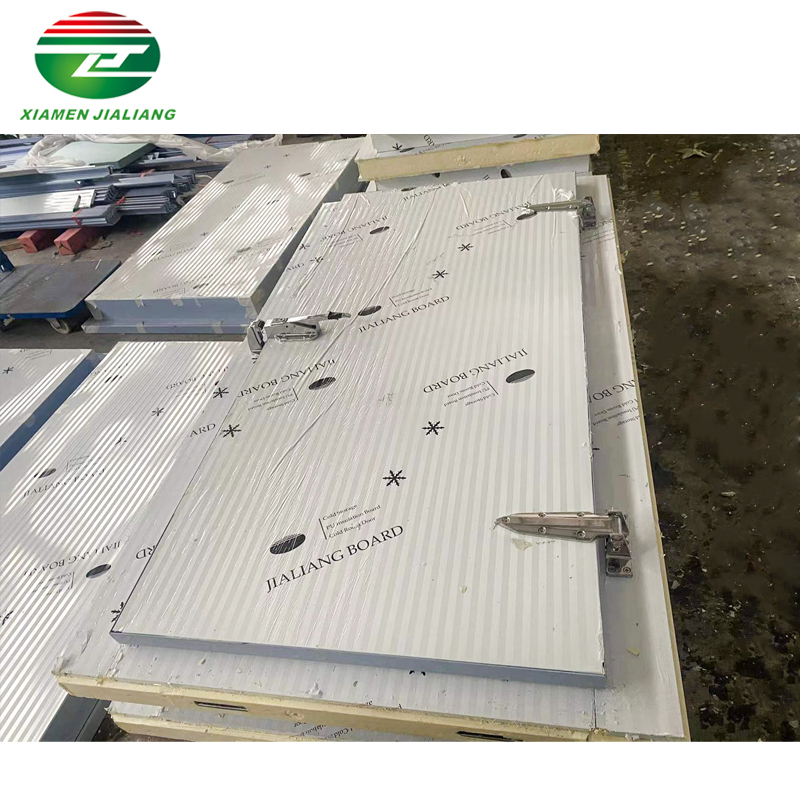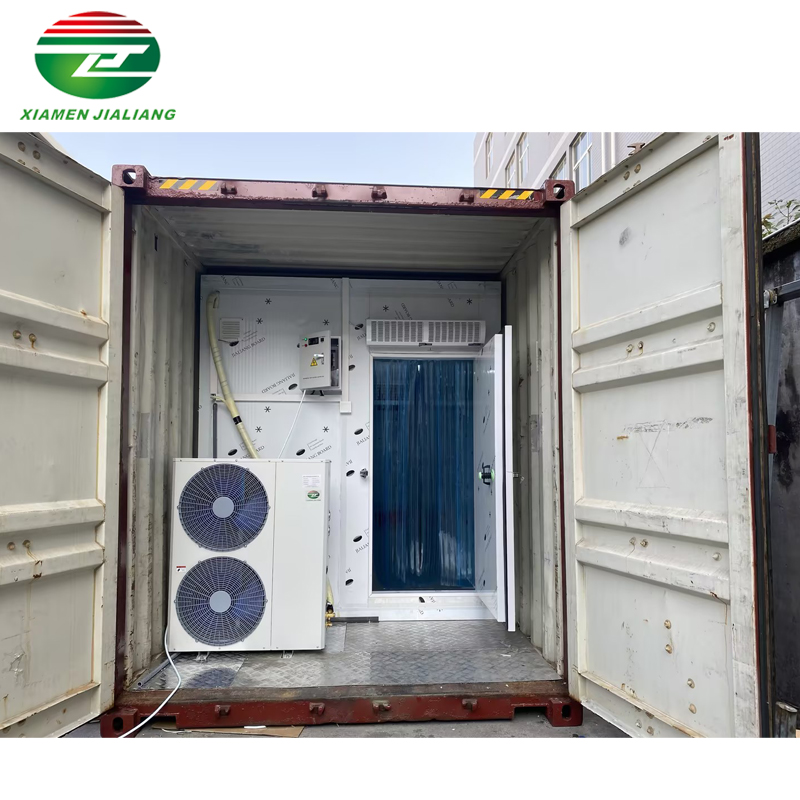Can a cold room feeze?
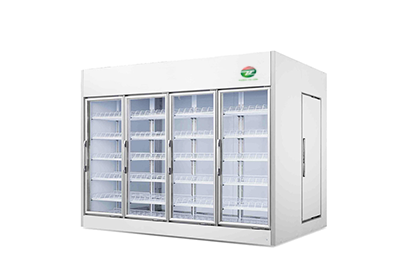
When it comes to storing perishable goods, cold rooms are a vital asset in preserving freshness and quality. However, have you ever wondered if a cold room can actually freeze its contents? In this article, we’ll take a deep dive into the factors that influence the freezing capacity of a cold room and debunk common misconceptions surrounding the subject. Understanding the freezing process of a cold room is essential for businesses in the food industry or any other industry that requires proper storage conditions. Additionally, we’ll provide valuable tips for maximizing the freezing capacity of a cold room to ensure your products are optimally preserved. Whether you’re a business owner or simply curious about the science behind cold rooms, this article will provide valuable insights into the freezing capacity of these specialized storage facilities.
Factors That Influence the Freezing Capacity of a Cold Room
When it comes to preserving the freshness and quality of perishable goods, a cold room plays a vital role in the storage process. However, there are several factors that can affect its freezing capacity, ultimately affecting the effectiveness of a cold storage system.
One important factor is the insulation of a cold room. The insulation used in the construction of a cold room’s walls, ceilings, and floors plays a vital role in preventing heat exchange between the interior and exterior environments. Proper insulation helps maintain the desired temperature inside the cold room, ensuring efficient freezing. Common insulation materials are polyurethane foam, polystyrene, mineral wool, etc.
Another key factor is the size and layout of the cold room. The size and configuration of the storage space affects the distribution of cold air and the overall efficiency of the freezing process. An optimal layout ensures even temperature distribution while maximizing storage capacity. Proper racking and shelving systems also help in effective airflow and easy access to stored goods.
Temperature control is a key factor that significantly affects the freezing capacity of the cold room. A reliable and accurate temperature monitoring system coupled with an efficient refrigeration unit is essential. Temperatures should be set as per the specific requirements of the stored product to prevent spoilage. Refrigeration systems must be regularly maintained and calibrated to ensure proper operation and avoid temperature fluctuations.
The humidity level inside the cold room can also affect freezing capacity. Excessive moisture can lead to frost on the walls and evaporator coils, reducing the efficiency of the cooling system. Proper ventilation and dehumidification mechanisms should be in place to maintain optimal humidity levels and prevent condensation.
In addition, the quality and condition of the cold room equipment such as compressors, evaporators, and condensers are key factors. Regular inspection, maintenance, and repairs are necessary to ensure that all components are functioning at their best. Any malfunctioning equipment should be repaired or replaced immediately to prevent interruptions in the freezing process.
Common Misconceptions About Cold Rooms and Freezers
Cold rooms and freezers are often misunderstood concepts, leading to various misconceptions. One common misconception is that cold rooms are only used to store food. While it is true that cold rooms play a vital role in preserving perishable goods, their applications extend beyond the food industry.
Cold rooms are designed to maintain a specific temperature range, usually between -18°C to 10°C, depending on the requirements. This controlled environment is essential in various industries such as pharmaceuticals, medical facilities, and research laboratories. In the pharmaceutical industry, cold rooms are used to store temperature-sensitive drugs and vaccines, ensuring their effectiveness and safety. Medical facilities rely on cold rooms for preserving blood samples, transplant organs, and other biological materials.
Another misconception is that cold rooms are only used for freezing purposes. While freezing is one of the functions, cold rooms also provide refrigeration. This distinction is crucial because freezing and refrigeration have different uses. Freezing is primarily used for long-term storage, while refrigeration is about maintaining the freshness of products and extending shelf life without freezing.
Additionally, there is a perception that cold rooms are energy-intensive and not environmentally friendly. However, advances in technology have resulted in more energy-efficient cold room systems. These systems incorporate insulation materials such as polyurethane foam that minimize heat transfer and reduce energy consumption. Additionally, the use of environmentally friendly refrigerants such as hydrofluorocarbons (HFCs) significantly reduces the environmental impact of cold rooms.
It is important to debunk these misconceptions to fully understand the benefits and versatility of cold rooms. By providing a controlled environment, cold rooms ensure the integrity and quality of a wide variety of products. Whether it is preserving food, storing pharmaceuticals, or preserving research specimens, cold rooms play a vital role in several industries.
Understanding the Freezing Process of Cold Rooms
Understanding the Freezing Process of Cold Rooms is essential for various industries that require precise temperature control to preserve and store products. A cold room is a specially designed space that maintains low temperatures to prevent spoilage and extend the shelf life of perishable items. This article will delve into the intricacies of this process, highlighting its importance and the factors that contribute to its effectiveness.
The freezing process in a cold room begins with the regulation of temperature. These rooms are equipped with advanced refrigeration systems that ensure a constant and controlled environment. By maintaining temperatures below freezing, cold rooms create ideal conditions for preserving food, medicines, and other temperature-sensitive products. This temperature control is crucial as it inhibits the growth of microorganisms and slows down chemical reactions, thereby extending the life of stored items.
In addition to temperature control, humidity also plays a vital role in the freezing process. Cold rooms are designed to maintain low humidity levels as excessive humidity can lead to the formation of ice crystals and affect the quality of frozen products. By controlling humidity, cold rooms prevent frostbite and preserve the integrity and texture of stored items.
Proper airflow is another important aspect of the freezing process in a cold room. Air circulation ensures uniform cooling and prevents temperature fluctuations within the storage space. This is achieved by evenly distributing the cold air through strategically placed fans and vents. Air circulation also helps maintain consistent humidity levels, minimizing the risk of condensation and frost.
The duration of the freezing process depends on a variety of factors, such as the type and amount of frozen product, the initial temperature, and the desired final temperature. It is essential to follow a specific freezing regimen to ensure optimal results. Rapid freezing is usually preferred because it reduces the formation of large ice crystals and preserves the texture and nutritional value of the product.
Tips for Maximizing the Freezing Capacity of a Cold Room
When it comes to maximizing the freezing capacity of a cold room, there are several tips that can help ensure the best results. Whether you are using a cold room for commercial purposes or storing perishable items at home, these tips can make a big difference in preserving the quality and longevity of your frozen items.
Firstly, it is important to keep the temperature inside your cold room at an optimal level. The ideal temperature for freezing foods is usually around -18 degrees Celsius or 0 degrees Fahrenheit. Monitor the temperature regularly and make sure it stays within that range at all times. Temperature fluctuations can negatively affect the freezing process and compromise the quality of your frozen food.
Secondly, proper organization and storage techniques are key. In a cold room, it is vital to lay out items in a way that allows for proper airflow. Avoid overcrowding shelves and make sure there is enough space between items so that the cold air can circulate evenly. This will help keep the temperature consistent throughout the room and prevent hot spots.
Additionally, it is important to keep the cold room clean and free of any ice buildup. Defrost the room regularly to remove ice buildup as this can hinder the freezing process and reduce the efficiency of the room. Clean shelves, walls, and floors regularly to prevent bacterial or mold growth that could contaminate items stored.
Investing in a high-quality cold room with proper insulation is another key factor in maximizing freezing capacity. Make sure the room is well insulated to prevent heat transfer from the surrounding environment. This will help maintain a steady temperature and prevent any fluctuations that could affect the freezing process.
Finally, perform regular inspections and maintenance on equipment used in the cold room. Make sure the refrigeration system is functioning properly and that the temperature control devices are accurately calibrated. Repair and maintain equipment regularly to prevent any malfunctions or breakdowns that could compromise the room's freezing capacity.
Conclusion
This article highlights the factors that affect the freezing capacity of a cold room. It highlights the importance of proper insulation, layout, temperature control, humidity management, and well-maintained equipment in maintaining an efficient cold storage system. It also mentions that cold rooms are not limited to storing food and freezing, but are an integral part of various industries, providing both freezing and refrigeration capabilities. Advances in technology have made cold rooms more energy-efficient and environmentally friendly. Understanding the potential of cold rooms in industries where temperature control is critical is essential to making informed decisions. The article concludes by stating that understanding the freezing process in cold rooms is critical for industries that rely on precise temperature control because the cold room provides a controlled environment that inhibits the growth of microorganisms and extends the shelf life of perishable items. By following the correct freezing protocols and maintaining optimal temperatures, organizations can maximize the capabilities of their cold rooms.

